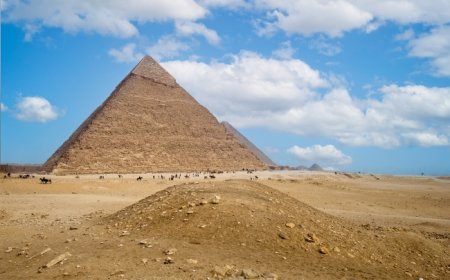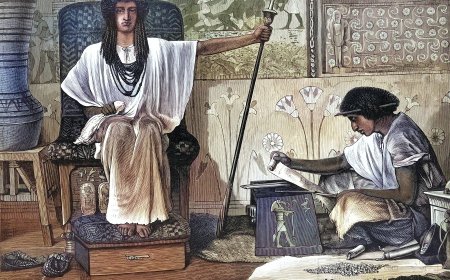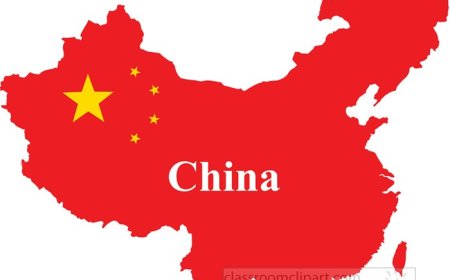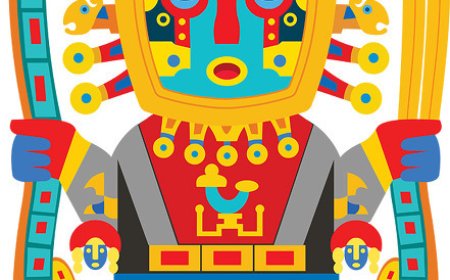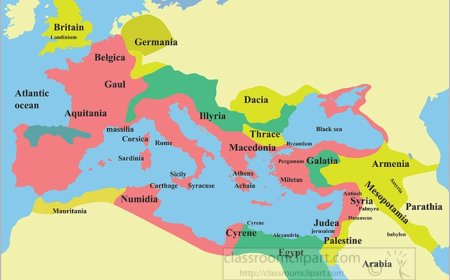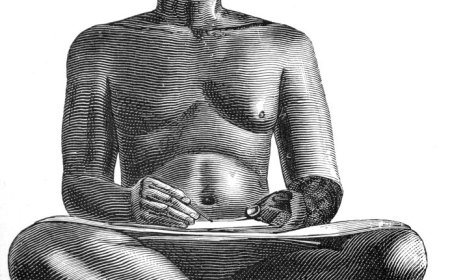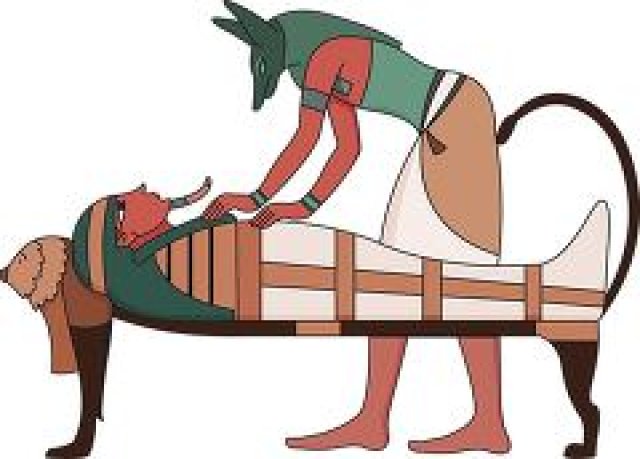The Maya Civilization for Students: Ancient Astronomers of the Americas
Discover the amazing world of the Maya civilization in this article for student. Learn about Maya cities, writing, astronomy, the calendar, gods, and more. Includes fun facts, vocabulary, and a quiz!
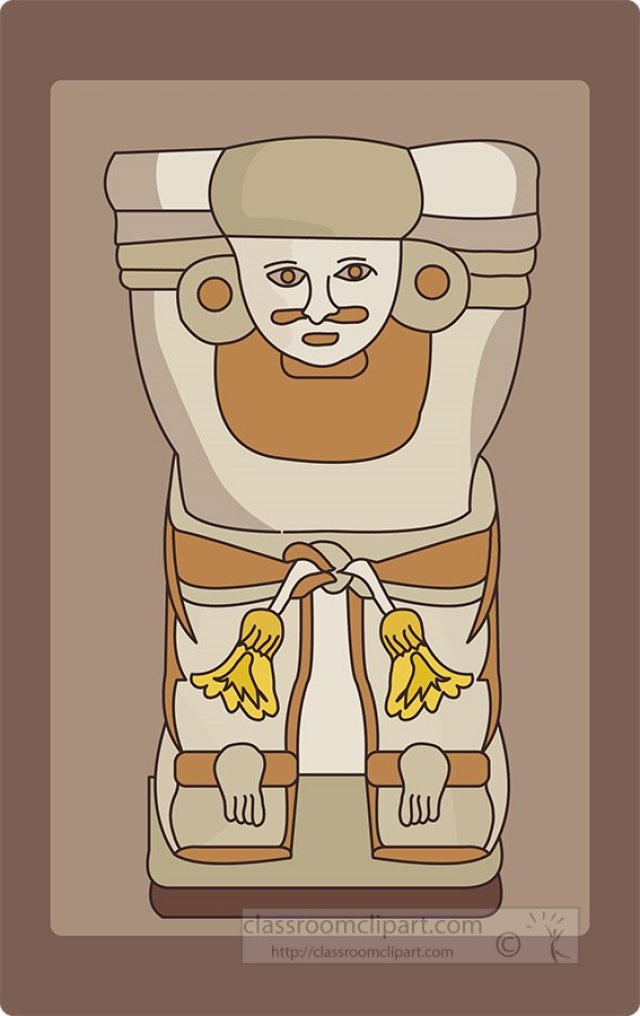
🌿 The Maya Civilization: Ancient Astronomers of the Americas
Introduction
Long before European explorers arrived in the Americas, the Maya civilization was thriving in Central America. The Maya built impressive cities deep in the jungles, studied the stars, and created one of the world’s most accurate calendars. They were expert architects, farmers, artists, and mathematicians. Their culture was rich and complex—and much of it still influences parts of Central America today.
📍 Location and Time Period
The Maya civilization stretched across parts of present-day Mexico, Guatemala, Belize, Honduras, and El Salvador. It began around 2000 BCE, with the Classic Period (250–900 CE) being the height of Maya power.
Unlike one big empire, the Maya lived in independent city-states, each ruled by a king.
🏛 Cities and Government
Maya cities were full of stone temples, pyramids, palaces, and ball courts. Each city had a ruler, priests, nobles, and farmers. Important cities included:
Tikal
Palenque
Copán
Chichén Itzá
Maya kings were believed to be chosen by the gods. They ruled with the help of priests and nobles who oversaw taxes, trade, and ceremonies.
🧑🌾 Daily Life of the Maya
Most Maya people were farmers who grew corn (maize), beans, squash, and chili peppers. They used slash-and-burn farming, cutting and burning trees to create farmland.
Homes: Small houses made of mud, wood, and palm leaves
Clothing: Men wore loincloths and tunics; women wore woven dresses
Food: Corn tortillas, tamales, beans, and chocolate made from cacao beans
Trade: Maya traded jade, obsidian, feathers, salt, and tools with other regions
🛕 Religion and Beliefs
The Maya believed in many gods, each controlling different parts of life—like rain, corn, or the sun. Their religion included:
Pyramids and temples for worship
Rituals and sacrifices to please the gods (including human sacrifices)
A belief in the afterlife and the spirit world
Important gods included:
Itzamna – god of the sky and creator
Chac – rain god
K'inich Ajaw – sun god
The Maya believed time was sacred, and priests used calendars to plan ceremonies.
📜 Writing and Inventions
The Maya had one of the most advanced writing systems in the ancient world, made of symbols called glyphs. They carved these on:
Temples and stelae (stone slabs)
Pottery
Books made of bark paper called codices
They were also brilliant mathematicians and astronomers. They:
Developed the concept of zero
Built observatories to study planets and stars
Created a 365-day calendar for farming and a 260-day ritual calendar
🧱 Art, Architecture, and Culture
Maya artists were skilled in:
Stone carving (often showing kings and gods)
Pottery decorated with glyphs and pictures
Murals on walls showing daily life or battles
They built:
Step pyramids like the Temple of the Inscriptions
Ball courts where a ritual game was played (losing could mean death!)
Palaces for kings and nobles
Music and dance were important, especially during festivals and religious events.
📉 Decline of the Maya Civilization
Around 900 CE, many southern Maya cities were abandoned. Historians believe the reasons may include:
Drought and crop failure
Overpopulation
War between city-states
Environmental damage
However, the Maya people did not vanish. Their descendants still live in Central America today and keep many traditions alive.
🎉 Fun Facts About the Maya
- The Maya used chocolate in religious ceremonies and believed it was a gift from the gods.
- Maya pyramids were often taller than the trees around them.
- They invented rubber balls long before anyone else!
- Some kings had shaped skulls—flattened on purpose as babies for beauty.
- The Maya calendar predicted solar eclipses with great accuracy.
🧠 Vocabulary List
- Glyphs – Picture-symbols used in Maya writing
- Codex – A Maya book made from bark paper
- City-state – A city with its own ruler and government
- Chac – The Maya rain god
- Ball court – A place where the Maya played a sacred ball game
- Slash-and-burn farming – A method of farming by clearing forest with fire
- Maize – Another word for corn, the Maya’s most important crop
- Stela – A stone slab with carvings and writing
- Cacao – The bean used to make chocolate
- Observatory – A place to study the stars
📚 Kid-Friendly Summary
The Maya civilization was full of brilliant builders, artists, farmers, and thinkers. They built jungle cities, studied the stars, and created an amazing writing system. Their traditions, languages, and festivals are still part of life in Central America today. The Maya didn’t just look to the stars—they reached for them!


















































